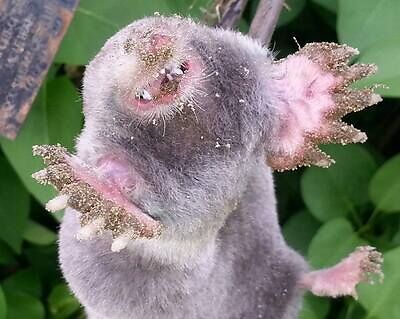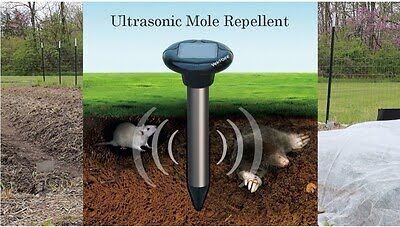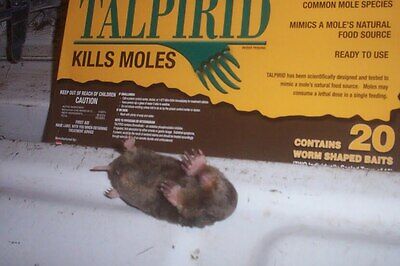Call us: 201-453-4979
Welcome to Jersey City Mole Control! We are a wildlife control company which services Hudson County, New Jersey. We specialize in the removal of moles - the animals - and other unwanted animals you may have on your property. Moles love to dig tunnels, resulting in large molehills and tunnels all over your yard. While these aren't exactly dangerous, they can damage your landscape and backyard and cause a nuisance. To deal with moles, we use professional trapping methods and make sure to prevent moles from overrunning your property again. Call us 24/7 at 201-453-4979 to schedule an appointment the same day or the next. We aren't considered Jersey City's best animal removal company for nothing! You can check out our Jersey City mole removal prices. Some of the services we offer include:
- 100% Mole Removal Via Trapping
- Full Property, Garden, & Yard Inspections
- Prevention and Lawn Treatments
- Poison-Free Mole Control
- Effective Mole Trapping Methods
- Repair of Lawn and Sod, Mole Hill Removal
Some Educational Articles I Wrote:
CALL US ANYTIME AT 201-453-4979

We are experts in mole control and are not your typical Jersey City, New Jersey pest control or exterminator company. First, we do not use poisons or the majority of repellents, since they do not work. Moles are difficult to remove and can only really be completely removed from your yard with mole traps, a process we have practiced and perfected over the years. In addition, if a mother mole has babies, we will make sure to remove her pups by hand before dealing with the mother mole. We are not a typical Jersey City mole exterminator company. We completely solve your mole problem by taking these steps:
- Inspect the entire property grounds - lawn, yard, garden, etc.
- Set several pro traps in mole tunnels - the correct and safe way!
- Remove all moles as they are caught and monitor for activity
- Once there is no more activity and no more moles caught, we're done
- When needed, fill in tunnels and seal with underground fencing
What Prices Do We Charge?
Every wildlife situation is different: How many moles? Size of lawn? Do you need trapping, prevention, repairs? Call us and we can give pricing for your specific situation.
Jersey City mole pest control animal tip: About Moles: Appearance, biology, habitat
Moles are not uncommon house guests in the United States, so it's a good idea to learn a few things about them beforehand. This way, you'll be able to recognize them and know how to approach them.
What are moles?
As you probably know by now, moles are fairly small mammals that live mostly underground. Because of this, their vision is very poor, but their sense of navigation is quite heightened. Like many other creatures who tend to dwell in the dark (think bats, for example), moles have had to learn their way around without being able to count on vision. Their eyes are very poorly developed and very small and difficult to see in all their shiny, smooth dark fur.
Now, the size of the mammal varies a great deal from subtype to subtype. While most moles have a cylindrical body shape, their weight can vary from 45 to 90 grams (even more, in some cases, but this is a good rule of thumb). In body length, the average mole won't measure more than 13-15 cm.
They can be easily recognized through their dark fur (mostly black or dark brown) and their overly developed front limbs. Since the mole moves around by digging under the earth, it's natural that its front limbs are very strong, much more developed than its back limbs. The front limbs of the mole also have an extra thumb (also known as the prepollex) next to their ordinary thumb. This extra digit, unlike the others, doesn't have the benefit of multiple joints and is species-characteristic.
Since they spend so much time under the earth, most of their diet consists of earthworms and other such small creatures that can be found there.
What does the mole act like and what makes it a pest species?
The average mole (regardless of subspecies) can usually be found in tunnels and burrows underneath the earth, where it's considered a pest, albeit indirectly. The mole doesn't actually eat plants or roots, so it's not a direct threat to your lawn or garden. But through its burrowing activity, as well as chasing earthworms, it risks destroying your property, damaging your garden, and more.
Surprisingly, though, moles are actually quite beneficial to their habitat, as they get rid of small creatures that eat the roots of your plants, and also contribute to the aeration of the soil.

Copyright 2021 - pestmole.com - 201-453-4979
• Jersey City, NJ Animal Mole Control


